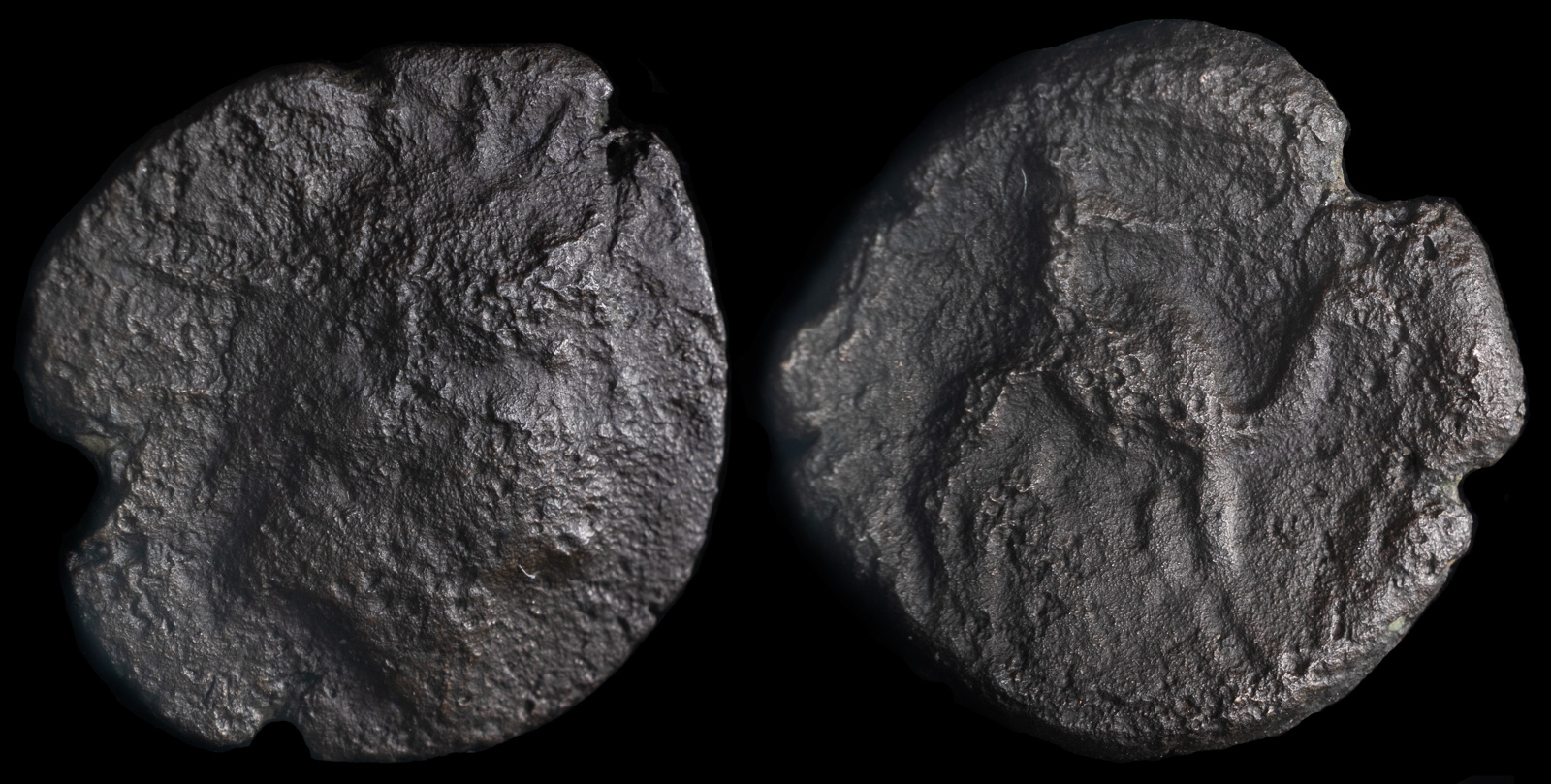Camel
View All Tags
The domestication of camels likely occurred around 3,000 to 2,000 BCE, with the dromedary camel (Camelus dromedarius) being domesticated first in the Arabian Peninsula. These camels, which have a single hump, are well-suited to hot, arid climates, and their domestication allowed people to travel long distances across deserts without relying on other forms of transportation. The Bactrian camel (Camelus bactrianus), with two humps, was domesticated slightly later in Central Asia, around 2,000 BCE. Bactrian camels are more suited to the cold, mountainous regions and were vital for trade across the steppes of Asia and the Silk Road routes leading into China.
Camels quickly became invaluable to ancient societies. Their ability to carry heavy loads over long distances made them perfect for transporting goods and people across the desert. They were integral to the establishment of caravan trade routes, allowing for the exchange of goods such as spices, silk, and precious metals between civilizations. In the ancient world, camels were often used to transport goods along the Arabian Peninsula, across the Sahara Desert, and through the Persian Empire. Their ability to go without water for days at a time made them far more reliable than other pack animals, such as horses and donkeys, which needed more frequent hydration.
In addition to trade and transportation, camels also became important in agricultural societies. In many regions, especially in the Middle East and North Africa, camels were used for plowing fields, providing milk, and sometimes for their meat. The milk of camels became a staple of the diet in desert communities, and their wool was used for making textiles. The camel’s adaptability to harsh environments, as well as its role in fostering the growth of trade and agriculture, made it a symbol of resilience and survival in the ancient world.
Throughout history, the use of camels continued to evolve, especially in the context of Islamic expansion in the 7th and 8th centuries, where camels were crucial in military campaigns and the spread of trade networks across Africa, the Middle East, and into Asia. The camel caravan became a central part of the economic and cultural exchanges during the medieval period, particularly in Africa, where the Saharan trade flourished.

Mesopotamia, Adiabene Natounia
circa 125-75 BCE
Æ 21 mm, 4,08 g
Radiate and diademed male head (Helios-Shamash?) to right.
Rev. Rider on camelback to right, holding a short staff in his right hand; all within wreath border.
CSE II 846. Hoover, Natounia Series 1, 1-7. Seyrig, Trésor 13a